Through the decades of digital photography the dominant camera design has remained the same. Right-hand grip, screen or OVF on the back, shutter button for your right index finger and controls for your thumb. That hasn’t stopped manufacturers from trying to rethink how their consumers go about taking pictures. Like the Sony Walkman of the 80s, the hope would be to stumble upon a delightful new design we didn’t even know we wanted. The Olympus Air A01, I believe, is one of those attempts.
Olympus Air A01 Overview
The Olympus Air A01 is a compact camera without a screen and many controls. About the size of a GoPro, it fits easily in the palm of your hand. Unlike GoPro’s, it accepts M4/3 mount lenses and has a huge (for the size) M4/3 sensor. And it’s not a simplified sensor, either. This is the same 16 megapixel sensor and processor found in Olympus cameras released during the same time.
The camera is controlled via an app Olympus made just for the system. This app lets you control settings, deep dive through menu settings, take photos and videos and offload your work onto your smartphone. Without the app the camera is almost useless.
Build and controls
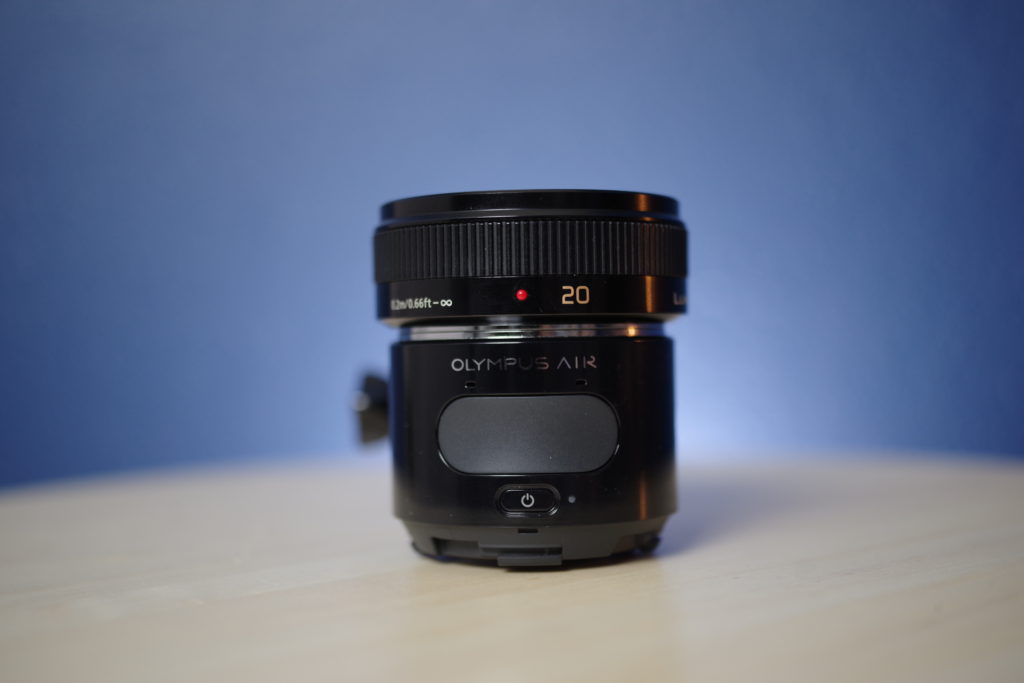
On the outside you have four buttons. A shutter button, which can operate the camera with or without a smartphone connection. A power button, and two switches for releasing the lens and rear attachment. The rear attachment is used to mount your smartphone at a 45 degree angle, and under another layer hides the access to the micro SD card and WiFi password.
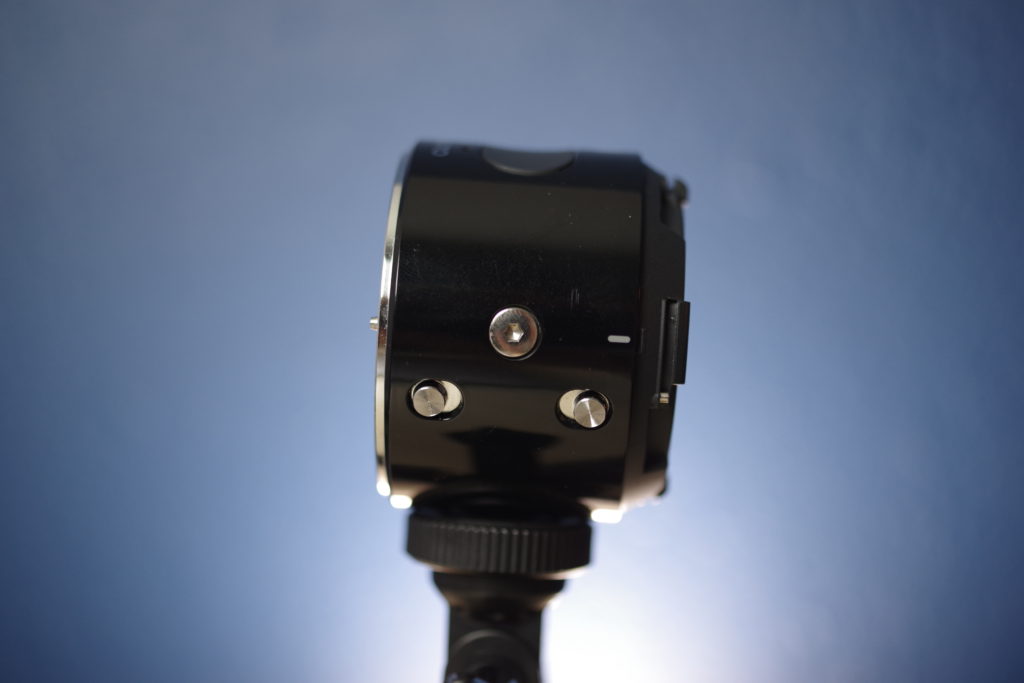
The build is plastic with a strong metal lens mount. Lens switch is also made of metal. The rear phone mount is plastic, and while it doesn’t feel like a system I would take the greatest confidence in with my phone, it does work.
Using the Olympus Air in 2022
The camera is designed to be used with a companion smartphone app. This gives you a large screen to work with, access to changing settings, and access to download files off the camera onto your phone.
The problem with this is that when the Olympus Air A01 failed to catch on, Olympus pulled the app from the app store (or no longer renewed it, however that works) and it is no longer available. Your options in 2022 are to:
- Use the camera without an app. You won’t be able to change settings or have any idea what the camera is doing, but it will autofocus and take pictures!
- Download an apk of the Olympus OA Central app from some sketchy website. (Okay, maybe there’s some legit ones out there).
- Download the Amazon App Store for Android apk and download the Olympus OA Central app from there.
Note that I believe either app method involves using an Android, as iPhones are pretty strict about what you load onto them. I chose the third approach and it worked swimmingly.
How good is the Olympus Air A01 for photography?
Remember that the Olympus Air A01 shares the same 16 megapixel sensor and processor found in Olympus cameras from the 2015 era. The image quality is fantastic. And the access to great cheap micro four thirds glass makes it shine.
Actually photographing with the camera is another story. The app, while impressive for a camera manufacturers app, still falls far behind the traditional shooting experience. It is a little slow to start up, though painless to pair after the initial setup: good work on this, Olympus. Focusing through the touchscreen is seamless but laggy. Using the physical shutter button provides a much faster experience.
If there were any redemptive qualities it would be the ease of menu diving on a large smartphone screen, and the direct integration with your phone for saving and editing pictures. However, those latter two options are available on most modern cameras that have traditional controls.
What could you use the Air A01 for?
The small form factor of the Olympus Air A01 gives the mind plenty of room for creativity. Anywhere you would want a tiny camera body that you could control remotely would be a good fit with the Air. I thought about using it as a lightweight but good quality overhead camera for my YouTube videos. Certainly if it was cheaper this would make more sense. Right now for the price you could just as easily buy any number of other good quality 1080p cameras.
You could try to use it as an action camera, but the limited videos modes and only being able to control through the app limit that significantly. It lacks stabilization, but you could use any of the increasingly proficient software stabilizers available to get a little smoother. On the action camera frame of mind, you could attach it to a lightweight gimbal as well.
It could work well as a trap camera of some kind for wildlife, although once again it doesn’t seem much better suited for this role than a number of other cameras. The SDKs to communicate with the camera seem readily available though, meaning some competent programmer could build in their own specific use via software.
I suppose Olympus was aiming at the smartphone crowd as a way of still living in their phone but taking much higher quality pictures. In this the Olympus Air A01 succeeds. But was the drastic design necessary for this workflow?
Why did Olympus make it?
You may be wondering, as I did, what the difference is between the Air A01 and other Olympus cameras that can also be controlled via your smartphone. Back to my Sony Walkman analogy, I believe the experiment Olympus was running was more behavioral than technological. What if you couldn’t use the camera practically without a smartphone? Would users forced into using the smartphone find out they enjoy the process more than they thought?
To sweeten the deal Olympus made a camera that was compact without sacrificing image quality. This would be key, as no good photographer would be able to get past a lousy sensor. They even added some extra features like integrating with Amazon Cloud for backing up photos directly, potentially solving a pain point many photographers have had.
Conclusion
Let me know what you think of the Olympus Air A01. I had never heard of it until recently, and yet it’s such an interesting piece of camera history in my mind. One of the many futile attempts from a camera manufacturer to dig deep into the smartphone market. Would it have worked with some minor changes? Was it doomed to fail from the start? Let me know your thoughts.
As always, go out there and shoot with whatever hopefully more practical gear you got, and until next time, happy snappin’

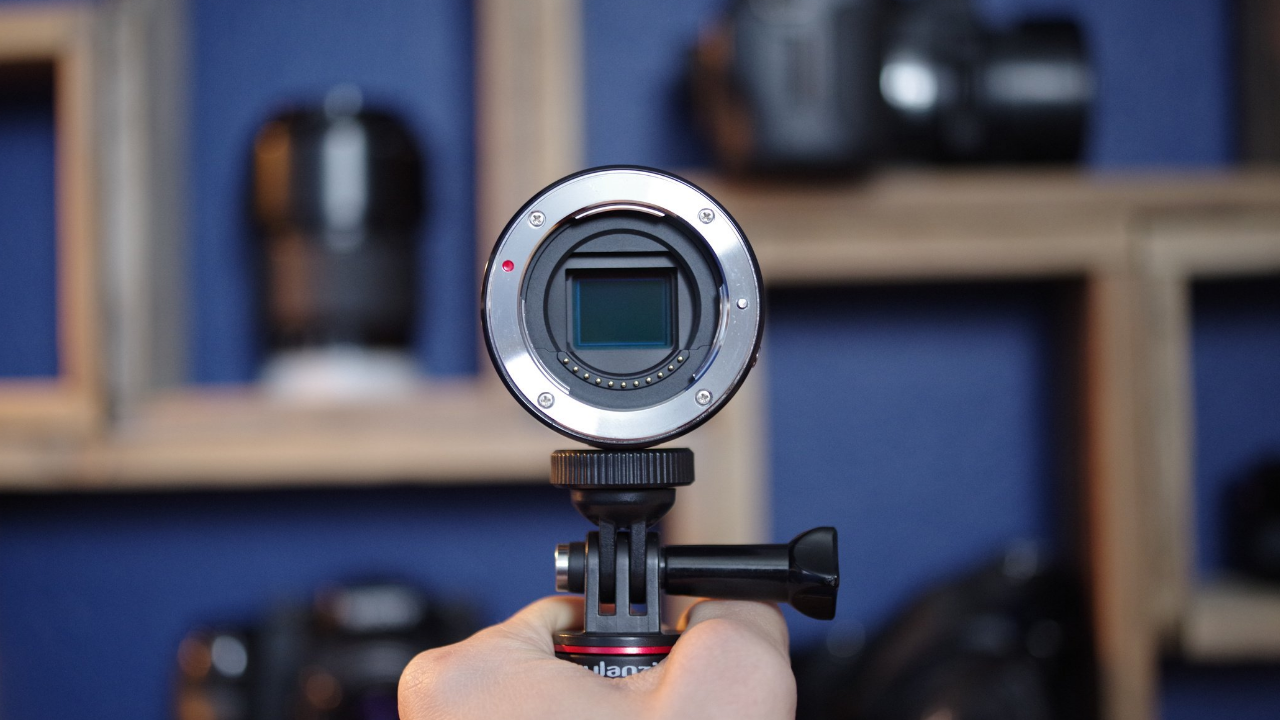
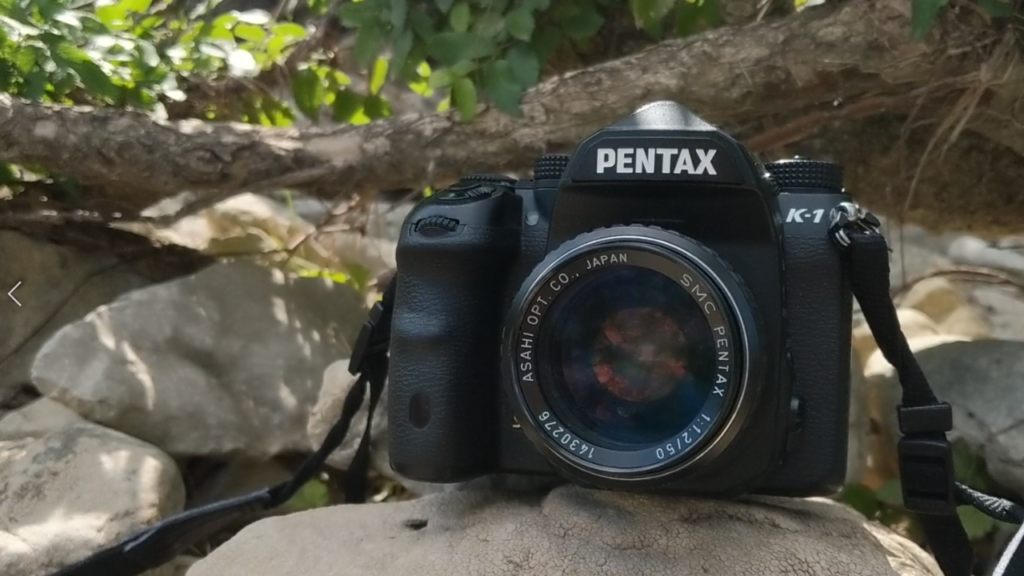
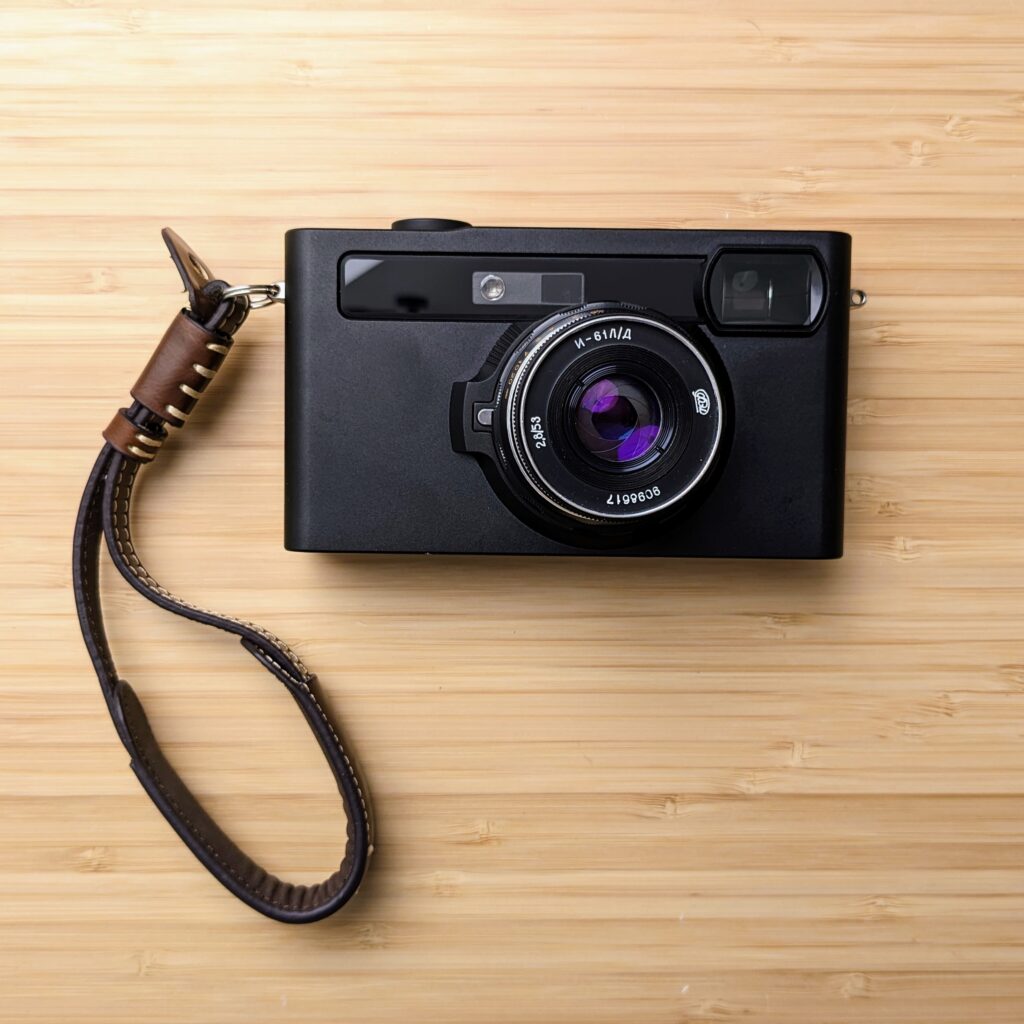
This type of camera fascinates me! Just the idea of a len/sensor/camera form factor. I had thought about what uses this could work with. A weird part of me wants to mount it on a 8mm/16mm camera body and figure a way to make it work. though the functionality of the phone would be the same, the aesthetic of it could be retro, some programing and manipulation of image and frame rate would be interesting. I have seen people do this with PIs, and there have been several less than stella attempts at a commercial ones. Fascinating find Snaps and enjoy these reviews!